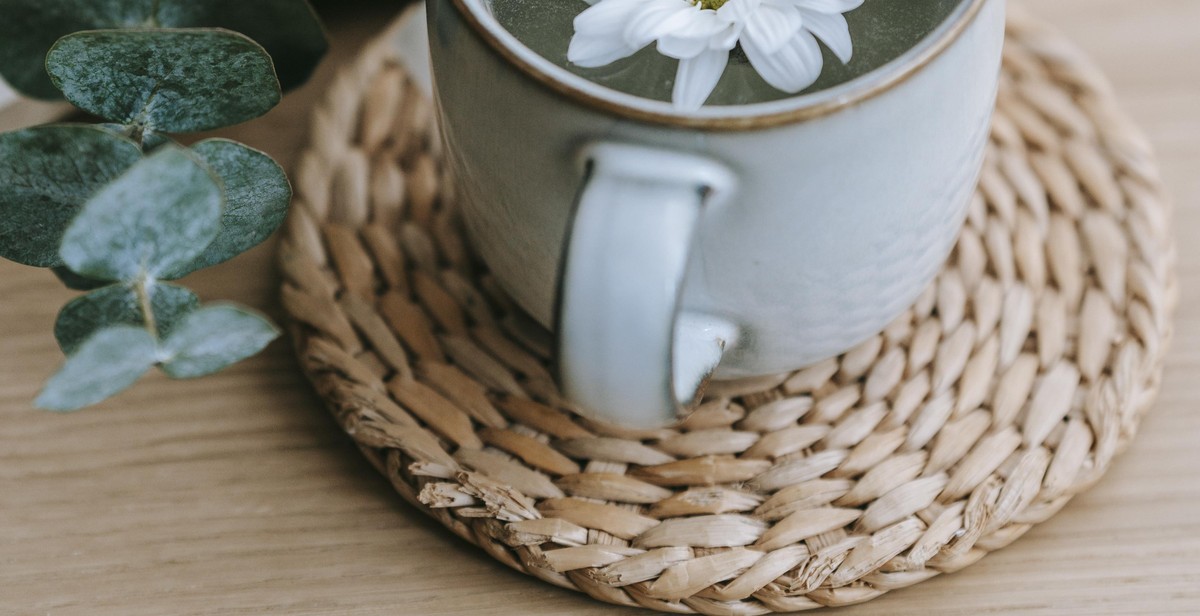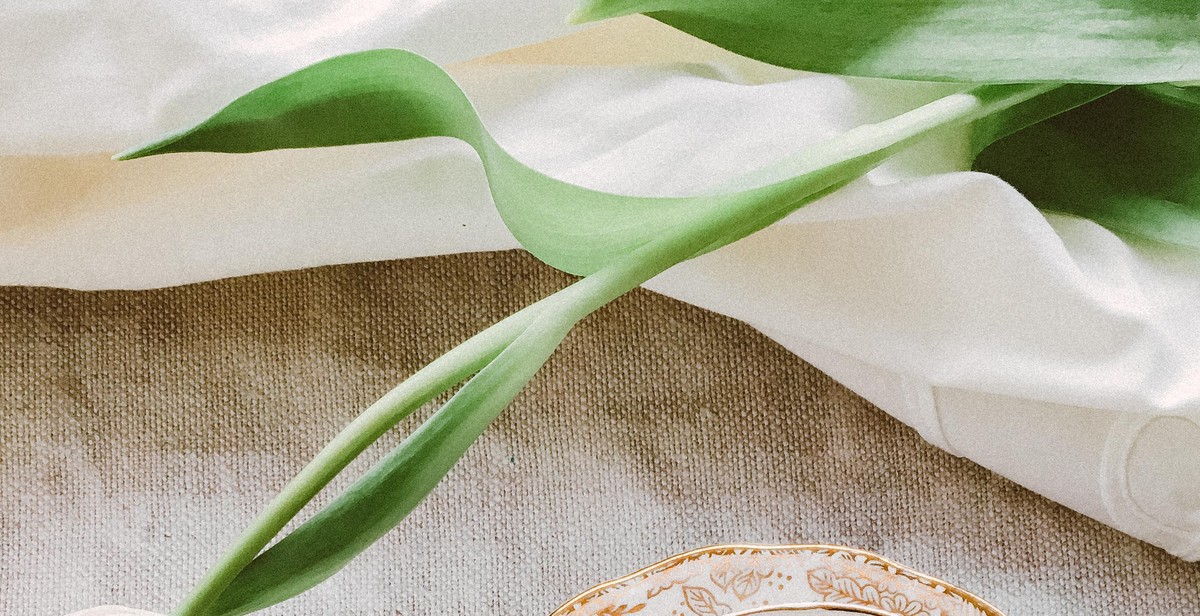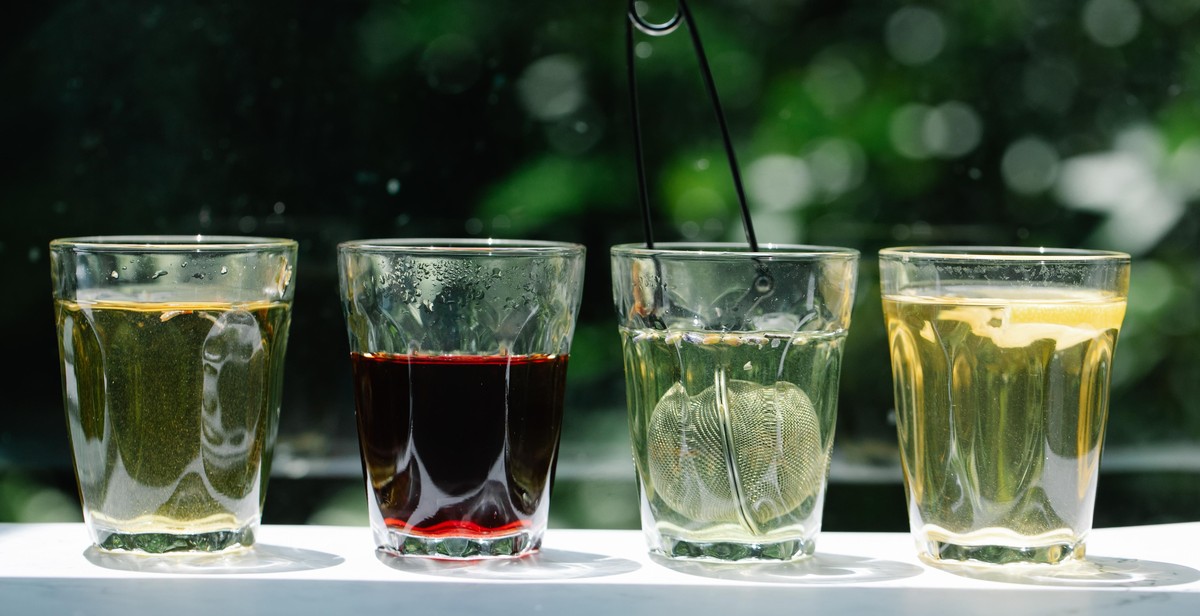How to Brew the Perfect Cup of Rooibos Tea
Rooibos tea, also known as red tea, is a popular herbal tea that is naturally caffeine-free and rich in antioxidants. It has a unique sweet and nutty flavor that makes it a favorite among tea lovers. Brewing the perfect cup of rooibos tea is not as complicated as you might think. With a few simple steps, you can enjoy a delicious and refreshing cup of this South African tea.
Choose High-Quality Rooibos Tea
The first step to brewing the perfect cup of rooibos tea is to choose high-quality tea leaves. Look for loose-leaf rooibos tea that is organic and free from any additives or flavorings. Loose-leaf tea is better than tea bags because it allows the tea leaves to fully expand and release their flavor.
Measure the Tea Leaves
Next, measure the rooibos tea leaves. A general rule of thumb is to use one teaspoon of tea leaves per cup of water. However, you can adjust the amount of tea leaves based on your personal preference for a stronger or weaker cup of tea.
Boil the Water
Bring fresh, cold water to a boil in a kettle or pot. The ideal temperature for brewing rooibos tea is between 200 and 212 degrees Fahrenheit (93-100 degrees Celsius).
Steep the Tea
Once the water has reached the ideal temperature, pour it over the tea leaves in a teapot or mug. Let the tea steep for 5-7 minutes, depending on how strong you like your tea.
Enjoy Your Perfect Cup of Rooibos Tea
After steeping, strain the tea leaves and enjoy your perfect cup of rooibos tea. You can add honey, milk, or lemon to enhance the flavor, but rooibos tea is delicious on its own.
By following these simple steps, you can brew the perfect cup of rooibos tea every time. Whether you’re a seasoned tea drinker or new to the world of tea, rooibos tea is a great choice for its delicious flavor and health benefits.

What is Rooibos Tea?
Rooibos tea, also known as red tea or bush tea, is a caffeine-free herbal tea that is native to South Africa. It is made from the leaves of the Aspalathus linearis plant, which is a shrub that grows in the Western Cape province of South Africa.
History of Rooibos Tea
The indigenous people of South Africa have been using rooibos tea for centuries for its medicinal properties. However, it was only in the early 20th century that rooibos tea was commercialized and exported to other countries.
During World War II, the tea became popular in South Africa as a substitute for black tea, which was in short supply due to the war. Today, rooibos tea is enjoyed all over the world for its unique flavor and health benefits.
Health Benefits of Rooibos Tea
Rooibos tea is known for its numerous health benefits:
- Rich in antioxidants: Rooibos tea contains high levels of antioxidants, which help to protect the body against damage caused by free radicals.
- Boosts the immune system: Rooibos tea is rich in minerals such as zinc, calcium, and magnesium, which help to boost the immune system.
- Improves heart health: Rooibos tea has been shown to reduce the risk of heart disease by lowering blood pressure and cholesterol levels.
- Relieves stress and anxiety: Rooibos tea contains compounds that have a calming effect on the nervous system, making it an effective natural remedy for stress and anxiety.
- Supports digestion: Rooibos tea has been shown to improve digestion and relieve digestive problems such as nausea, vomiting, and constipation.
- May help to prevent cancer: Rooibos tea contains compounds that have been shown to have anti-cancer properties, although more research is needed in this area.
Overall, rooibos tea is a delicious and healthy beverage that can be enjoyed at any time of the day.

Choosing the Right Rooibos Tea Leaves
When it comes to brewing the perfect cup of rooibos tea, choosing the right tea leaves is crucial. There are several factors to consider, including the form of tea leaves, whether they are organic or conventional, and whether they are flavored or unflavored. Here’s what you need to know:
Loose Leaf vs Tea Bags
Loose leaf rooibos tea leaves are the best option for brewing the perfect cup of tea. This is because loose leaves allow for better water flow and infusion, resulting in a richer, more flavorful cup of tea. Tea bags, on the other hand, are often made with lower quality tea leaves and may not provide the same level of flavor and aroma as loose leaf tea.
Organic vs Conventional
Choosing organic rooibos tea leaves is a great way to ensure that you are drinking a high-quality, chemical-free product. Organic tea leaves are grown without the use of synthetic pesticides or fertilizers, making them a healthier and more environmentally friendly option. Conventional tea leaves, on the other hand, may contain trace amounts of harmful chemicals and pesticides.
Flavored vs Unflavored
Rooibos tea leaves can be flavored with a variety of natural ingredients, such as fruits, herbs, and spices. While flavored rooibos tea can be a delicious and refreshing option, it’s important to choose a high-quality product that uses natural ingredients. Unflavored rooibos tea, on the other hand, is a great option for those who prefer a more traditional cup of tea.
| Factor to Consider | Best Option | Why? |
|---|---|---|
| Form of Tea Leaves | Loose Leaf | Better water flow and infusion, resulting in a richer, more flavorful cup of tea. |
| Organic vs Conventional | Organic | Chemical-free, healthier, and more environmentally friendly. |
| Flavored vs Unflavored | High-quality, natural flavored tea | Delicious and refreshing |

Preparing Your Water
Water is one of the most important ingredients when it comes to brewing a perfect cup of rooibos tea. The quality and temperature of the water can greatly affect the taste of your tea. Here are some tips on how to prepare your water for the best cup of rooibos tea.
Filtered vs Tap Water
Filtered water is the best option for brewing tea as it removes any impurities that can affect the taste of the tea. However, if you don’t have access to filtered water, tap water can be used as long as it tastes good. If your tap water has a strong taste or odor, it’s best to avoid using it for brewing tea.
Temperature of Water
The temperature of the water is also crucial for brewing the perfect cup of rooibos tea. The ideal temperature for brewing rooibos tea is between 200°F to 212°F (93°C to 100°C). If the water is too hot, it can over-extract the tea, resulting in a bitter taste. If the water is too cold, it can under-extract the tea, resulting in a weak flavor.
You can use a thermometer to measure the temperature of the water or simply bring the water to a boil and let it cool for a few minutes before brewing. Alternatively, you can use an electric kettle with temperature control to ensure the water is at the right temperature for brewing.
By using filtered water and ensuring the water is at the right temperature, you can greatly improve the taste of your rooibos tea and enjoy a perfect cup every time.

Brewing Process
Follow these simple steps to brew the perfect cup of rooibos tea:
Measuring the Tea
Start by measuring the amount of rooibos tea you need. The general rule of thumb is to use one teaspoon of loose tea leaves for every 8 ounces of water. If you prefer a stronger cup of tea, you can add more tea leaves.
You can also use tea bags instead of loose tea leaves. One tea bag is usually enough for a single cup of tea.
Steeping Time
Next, heat the water to the appropriate temperature. Rooibos tea should be steeped in water that has been heated to 200°F to 212°F (93°C to 100°C).
Once the water has reached the correct temperature, pour it over the tea leaves or tea bag. Let the tea steep for 5 to 7 minutes. This will give the tea enough time to release its full flavor and aroma.
Straining the Tea
After the steeping time is up, remove the tea leaves or tea bag from the water. You can use a tea strainer to remove any loose tea leaves that may have escaped into the water.
If you are using a tea bag, you can simply remove it from the cup and discard it.
Your perfectly brewed cup of rooibos tea is now ready to enjoy!

Serving and Enjoying Rooibos Tea
Once you have brewed a perfect cup of rooibos tea, there are several ways to serve and enjoy it. Here are some tips:
Adding Milk or Sugar
Rooibos tea is naturally sweet and does not require any additional sweeteners. However, if you prefer a sweeter taste, you can add honey, sugar, or stevia. Avoid adding milk as it can overpower the delicate flavor of rooibos tea. However, you can add a splash of milk or cream if you prefer a creamy texture.
Pairing with Food
Rooibos tea pairs well with a variety of foods. It goes well with sweet treats like cookies, cakes, and pastries. It also pairs well with savory snacks like cheese, crackers, and nuts. For a complete meal, pair rooibos tea with light dishes like salads, sandwiches, and soups.
Storing Leftover Tea
If you have leftover rooibos tea, you can store it in the fridge for up to 24 hours. Rooibos tea does not keep well for long periods, so it’s best to brew a fresh cup each time. However, if you have leftover tea, you can use it to make iced tea or add it to smoothies and other beverages.
